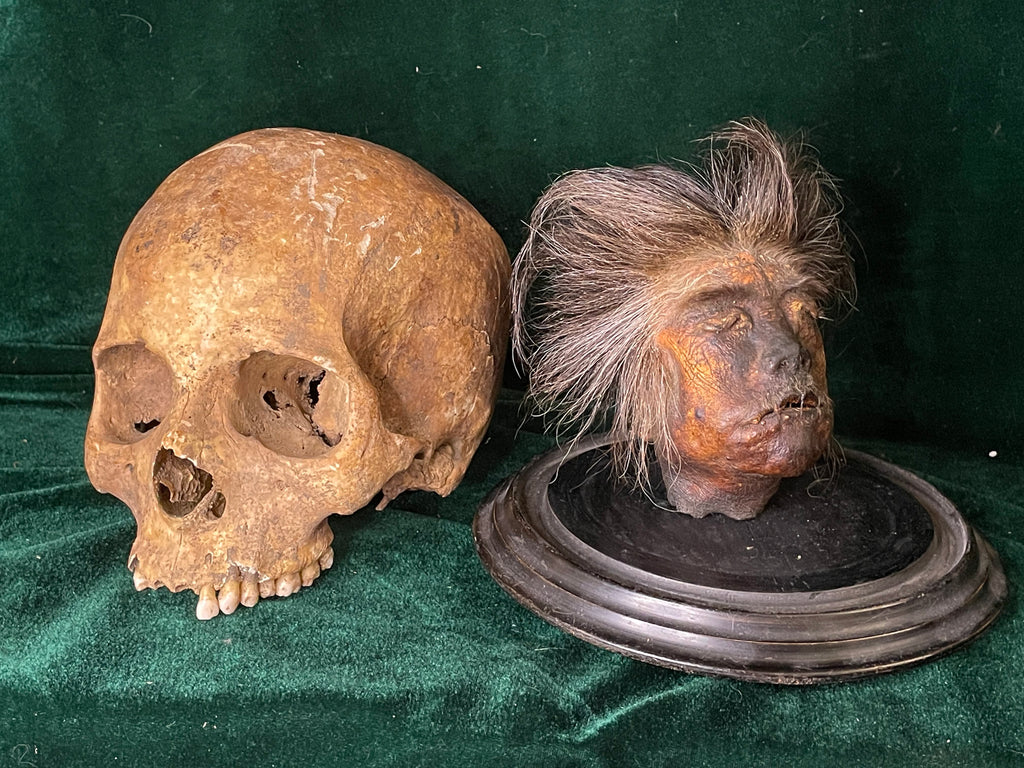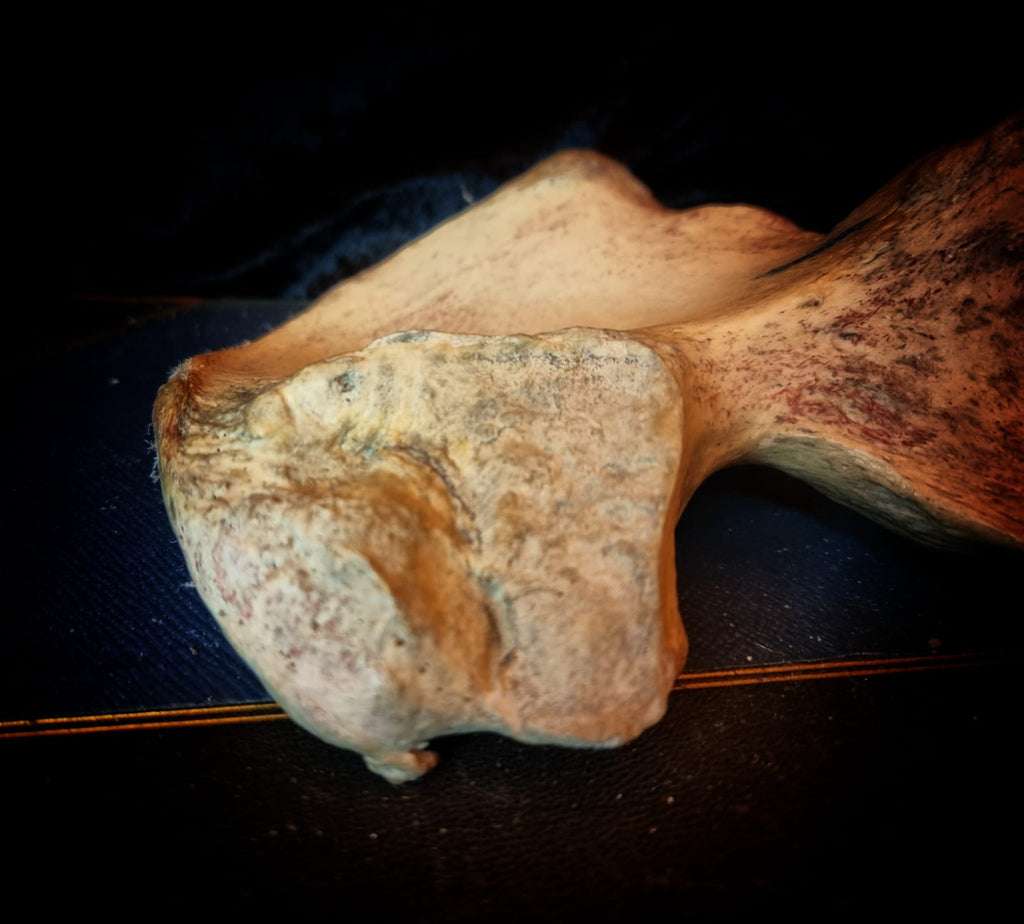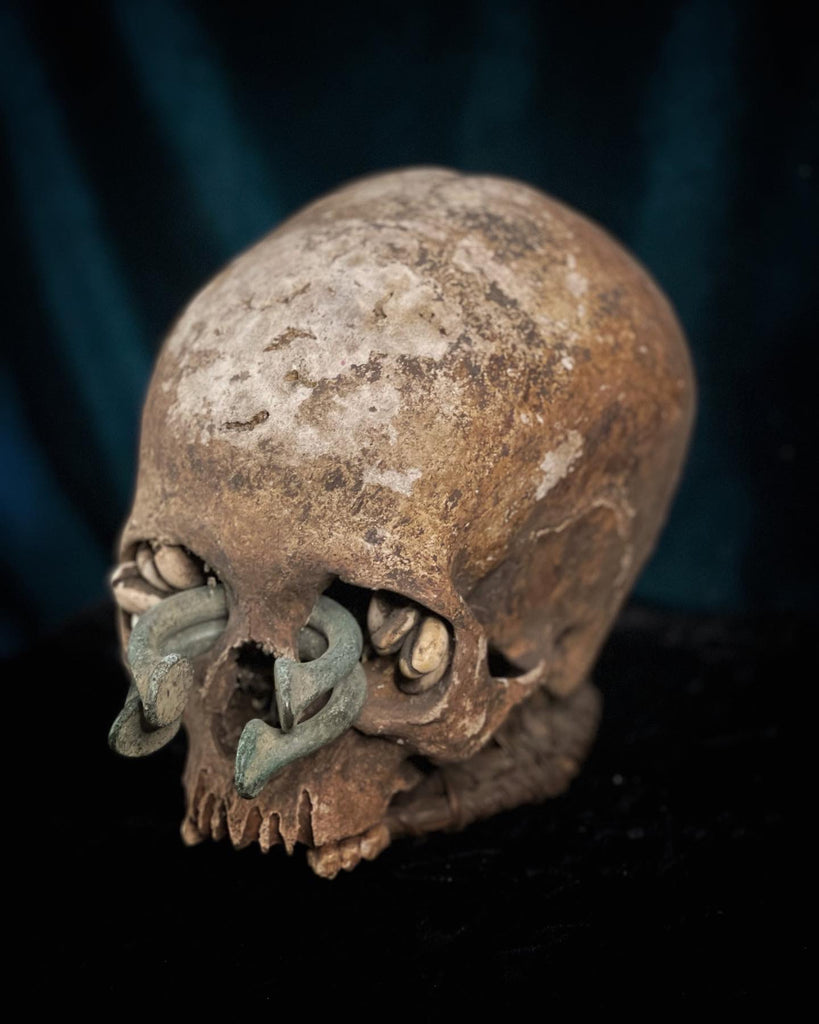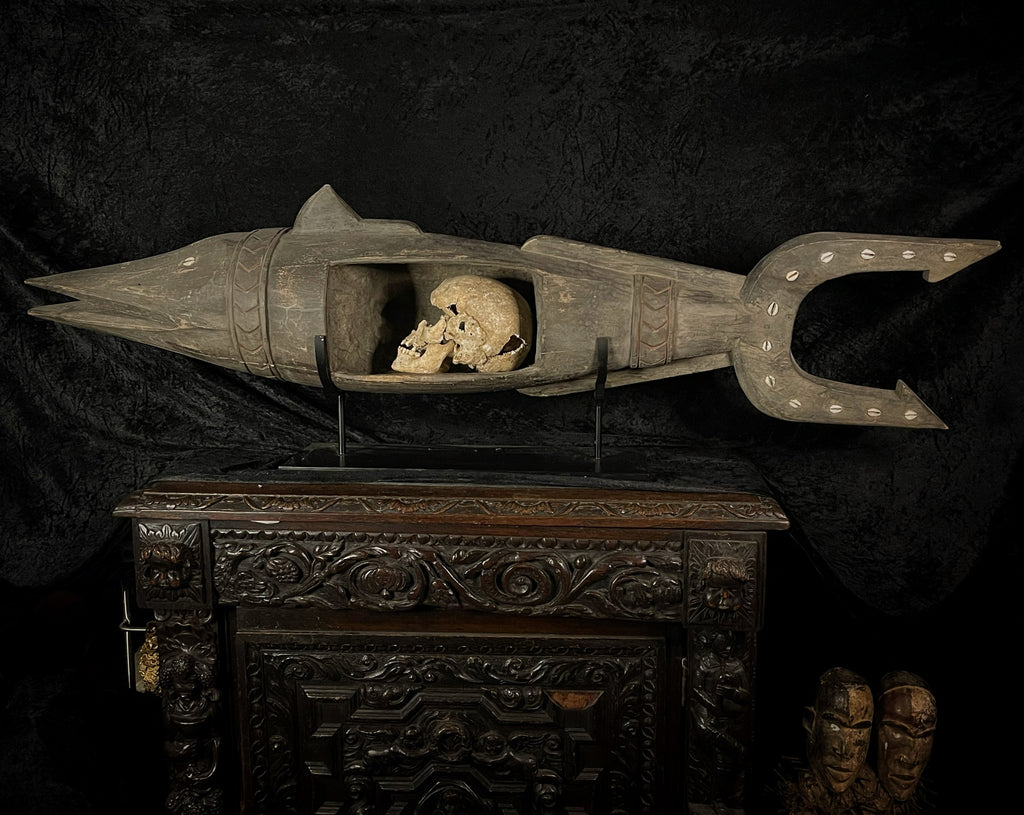Curious posts for curious people
Shrunken Heads: The Macabre Art of Tsantsa
Posted by Jonathan Bowler on

Ever heard of a shrunken head? Known as tsantsas, these eerie artifacts were once created by the Shuar and Achuar tribes of the Amazon, primarily in Ecuador and Peru.
The auricular surface
Posted by Henry Scragg on

The auricular surface is locatated on the hip bone and is a kidney bean shape which can help determine age at time of death. Age estimation in the auricular surface of the ilium has been, to date, a heavily researched method due to the fact the auricular surface is more robust and durable the pubic syntheseal. There have been many methods proposed to make it more precise and easier to use in a forensic anthropology setting. The two most common methods were proposed by Lovejoy et al. (1985) using an 8 phase, descriptive setting and by Buckberry and Chamberlin (2002)....
Ekoi, Manilla and Cowrie shells
Posted by Henry Scragg on

This is a real human skull head dress created and worn by the Ekoi people. Ekoi people, also known as Ejagham, are an ethnic group in the extreme south of Nigeria and extending eastward into the southwest region of Cameroon.Headdresses were worn for both festive and important ceremonial occasions. Deaths of high-ranking society members would be marked by elaborate commemorative funerals at which the headdresses would be worn by an accomplished dancer dressed in a full length gown, adorned with the society's important paraphernalia, and accompanied by specific musical instruments. There are three overall types: helmet masks that cover the wearer's...
Solomon island fish reliquary
Posted by Henry Scragg on

Here we have an extremely rare Solomon Islands bonito/shark reliquary Dated between 1910-1940. Carved from a single piece of wood with a hollowed cavity at its center which houses a human skull. The skull itself has had some basic restoration. These statues were placed high up in the rafters of the boathouse where the canoes were kept and where men gathered to discuss important community business. Reliquaries such as these are based on a combination of the bonito fish and a shark, The body of this shark-fish hybrid is long and slender, tapering at the head into a long snout...
Trephination
Posted by Tamsin Wilde on

Trephination has been practiced all over the world with evidence being found showing its use from the late Palaeolithic up until today. Trephination, trepanning, trephining – whatever you want to call it, is basically a surgical intervention where a hole is drilled or scraped into the human skull. This intentional perforation of the cranium exposes the dura mater – the thick membrane that surrounds your brain, to treat health problems related to intercranial diseases or release pressured blood build-up from and injury. Given our Neolithic ancestors weren’t really aware of the dura mater and intercranial pressure, it’s a good question...

